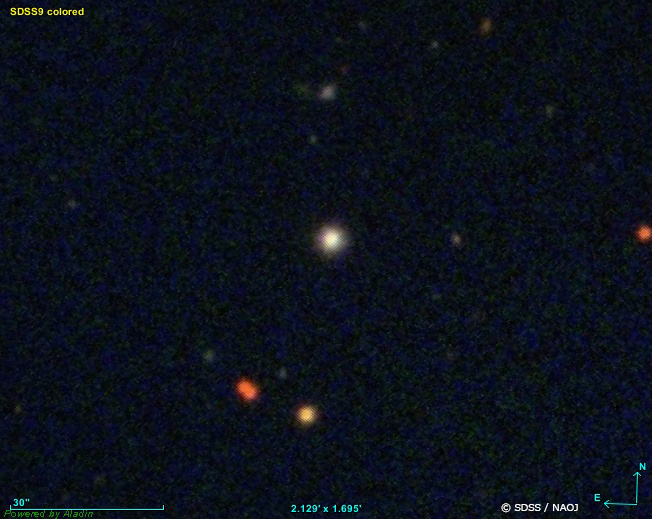A Chemical Signature of First-Generation Very-Massive Stars
| Science
A team of astronomers from the National Astronomical Observatory of Japan (NAOJ), the Konan University and the University of Hyogo in Japan, the University of Notre Dame, and New Mexico State University has used the 8.2 m Subaru Telescope’s High Dispersion Spectrograph (HDS) to discover a low-mass star, SDSS J0018-0939, that exhibits the peculiar chemical abundance ratios associated with the process of creating new atomic nuclei (nucleosynthesis) in a first-generation very-massive star. Until now, no observational evidence has supported numerical simulations of the existence of very-massive stars among the first generation of stars formed after the Big Bang.

The research paper on which this release was based, “A chemical signature of first-generation very-massive stars” by W. Aoki, N. Tominaga, T. C. Beers, S. Honda, Y. S. Lee, is published in Science on August 22, 2014.
For details, see A Chemical Signature of First-Generation Very-Massive Stars.